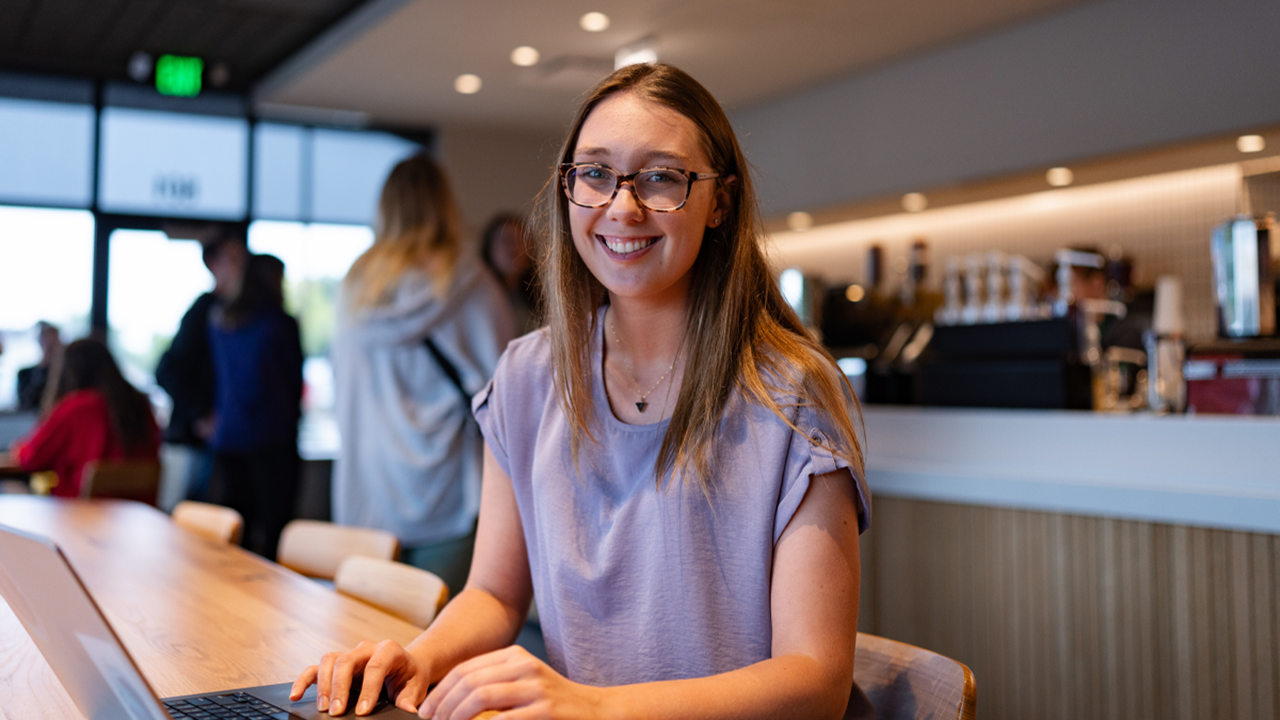USD Student Explores Electro-Osmotic Flow for Tissue Regeneration

Electro-osmosis is a process that utilizes an electric field to manipulate fluid flow within tissues, potentially accelerating nutrient delivery and waste removal during the healing process.
“Essentially, a space exists in between all of the cells in your body, and this space is surrounded by fluid that contains both nutrients and wastes,” Grothe explained. “Scientists have found that applying an electric field to the tissue caused some of the ions in this fluid to rearrange and move toward one end. We were specifically interested in the heat generated by the application of an electric field.”
Leveraging computational fluid dynamics software, Grothe created a virtual model of human tissue. This model allowed for testing various voltage levels and monitoring resulting temperature changes. The data was then compared to existing knowledge of cell death thresholds.
“Long term, my research is a small part of a larger set of research that seeks to accurately model electro-osmotic flow in order to better understand the limitations and potentially utilization of it,” said Grothe. “Electro-somotic flow has been shown to help promote regeneration of tissues, especially for those with poor vascularization. Hopefully, scientists can utilize this model to optimize the process by which we use electro-osmotic flow.”
Grothe’s interests in both medicine and mathematics influenced her decision to pursue this research project.
“This research allowed me to follow both of those interests because of how interdisciplinary it was,” said Grothe. “My strong background in biology was incredibly helpful in understanding the end goal, and my interest in math kept me engaged in the research.”
Grothe’s research was recognized with a 2024 Undergraduate Research Excellence Award. Grothe has also presented her research at the South Dakota Honors Showcase and the Nebraska Conference for Undergraduate Women in Mathematics.
Grothe will graduate with her degree in mathematics this spring, and while she doesn’t plan to pursue a research-focused career path, she acknowledges the valuable skills she gained from the experience.
“My time in research has already proved incredibly beneficial in some of the skills it taught me,” she said. “I now am able to sit down for hours and pursue an answer to a problem without giving up because when I was doing research, I could spend the entire week tweaking one singular constraint until the desired outcome was obtained.”



